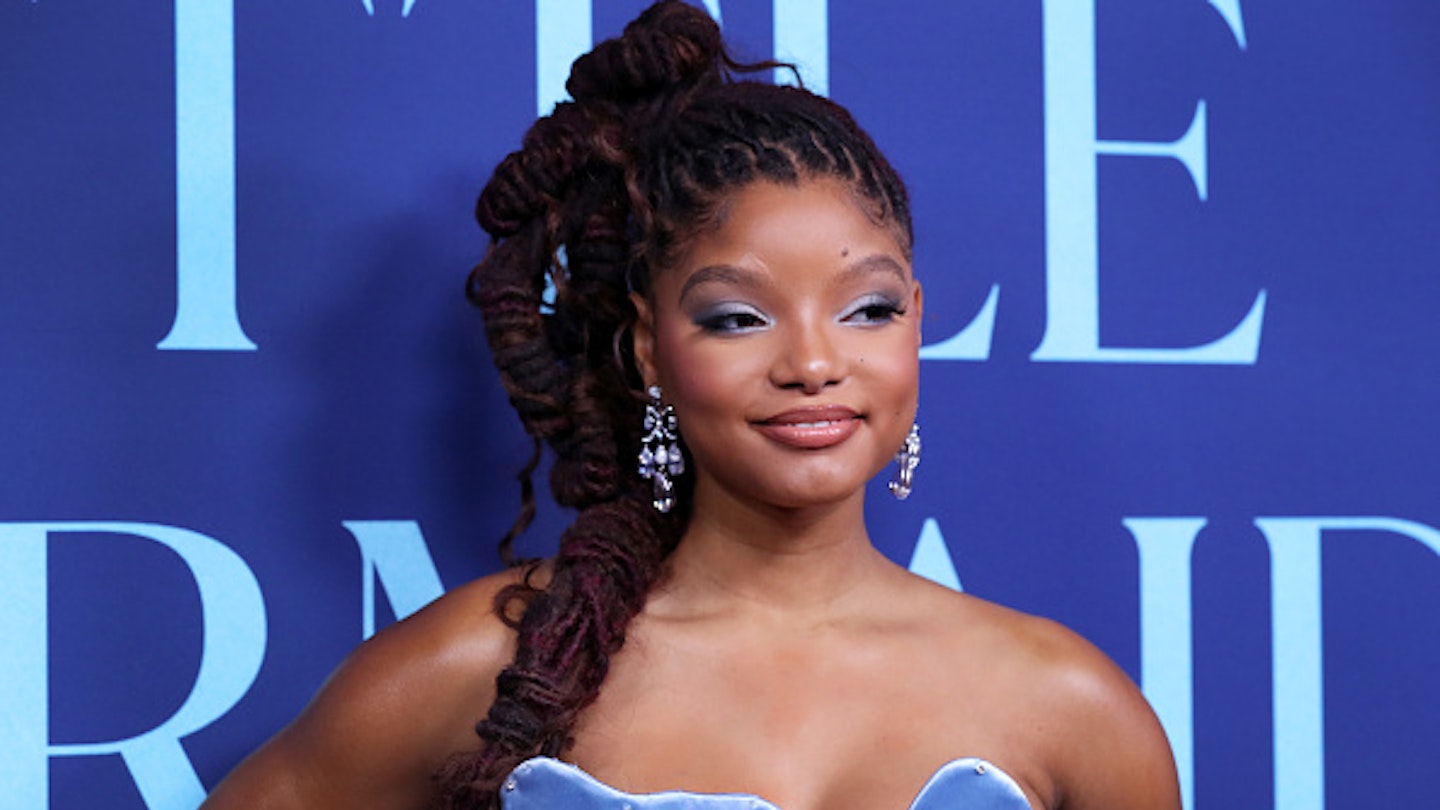Smartphones have been totally embedded in our lives for a good chunk of our lives now. Yet now, somehow, people are saying they play a part in how we look these days. The concept has been dubbed ‘smartphone face’, one that has been used to point out if certain actors can’t pull off a period drama role because they ‘look like they know what Instagram is’.
The launch of Amazon Prime TV show and Taylor Jenkins Reid’s novel adaptation Daisy Jones and the Six brought this discussion to the fore, with many saying actor Camila Morrone ‘looked too much like an Instagram model’ and ‘looks like she knows what Venmo is’.
When the trailer for Oprah Winfrey and Steven Spielberg’s The Color Purple dropped this week, Halle Bailey – also star of the upcoming Disney live action remake of The Little Mermaid – was accused by a Twitter user as having 'such a smartphone face'.
So, apart from being yet another obvious example of an obsession with women’s appearances and how they need to look, what actually is a smartphone face?
A ‘modern’ facial look is undoubtedly influenced by the prominence of certain cosmetic surgery trends like lip fillers, as well as veneers. We know that modern technology and medicine can make our teeth look a lot more aesthetically perfect than they did in the 20th century and earlier, and the social expectations around what our entire faces look like are impacted by that.
One Twitter user tweeted that this is the centre of where ‘smartphone face’ has come from: 'my personal theory for why it's impossible for hollywood to make a plausible period piece for TV/film in 2023 is cosmetic dentistry. these fake teeth simply did not exist in the 70s.’
Due to societal pressure on women in particular to preserve their looks as they get older, this inevitably is a patriarchal problem. If women are told they look too 'modern' to be cast in a period film or TV show, but have made moves to fill their lips or get veneers to keep up with ridiculous beauty standards – or because that’s merely what they’ve chosen to do with their face and body – they can’t do right for doing wrong.
The very existence of ‘smartphone face’ as a concept highlights the need to dismantle modern pressures to look a certain way, for an onscreen role or in daily life. For it to mean some women will be excluded from roles is the height of double standards.
A TikTok breaking down about which actors (note: mostly women) have ‘smartphone face’ has received over 813,000 likes and over 8000 comments.
TikTokker @olivialayne6 says at one point that she has trouble believing Blake Lively’s role in The Age Of Adeline, where she plays a young woman in the 1930s, but admits it’s mostly due to the fact that she struggles to see her as anything other than her Gossip Girl character, Serena Van Der Woodsen.
So really, is ‘smartphone face’ as a concept partially a way of blaming women, or other actors, for our own typecasting?
It also suggests an unhealthy overfocus on whether an actor ‘looks’ the part, which undermines their craft and acting skills, and whether they’re creating the character well onscreen. It’s on us whether or not their aesthetics fit with what we’ve decided looks like a ‘period-era face’ in our minds.
While it’s completely understandable that beauty norms change over time, and therefore to some extent so do our faces, this suggestion that a face onscreen is more or less credible due to how closely it matches modern beauty standards is disrespectful and, for many reasons, misogynistic.
